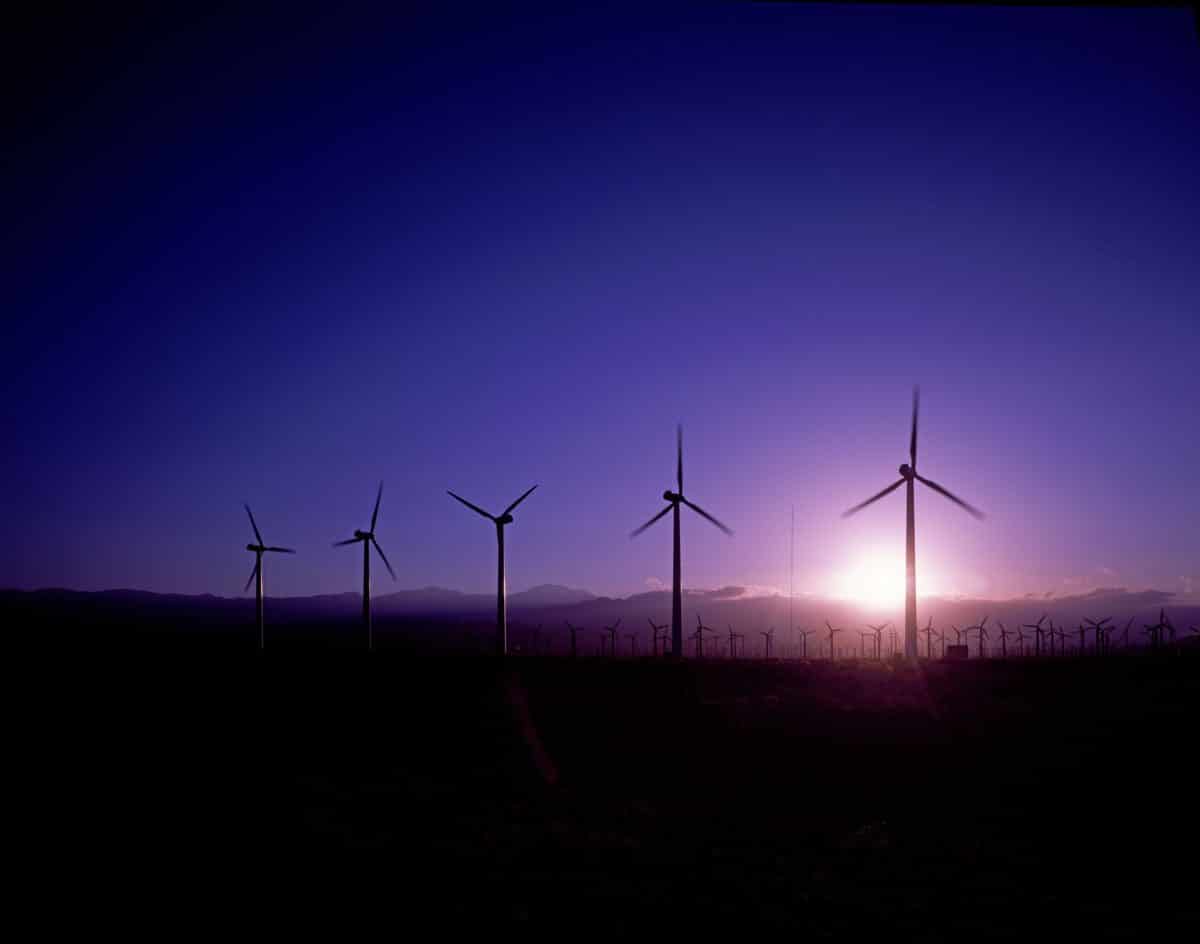Ammonia is an industrial chemical that is used widely across many sectors in applications such as plastic, pesticides, detergent, and fertilizer. Around 80% of the world's production is used for agricultural purposes to generate ammonium nitrate fertilizers, which release nitrogen, a basic nutrient for growing plants, crops, and lawns. Producing this compound made of nitrogen and hydrogen with conventional power sources, however, results in high levels of CO2 emissions and several scientists have sought over the past years to improve ammonia-making processes with the aim of reducing the emission of carbon dioxide.
According to a group of researchers from the Lappeenranta University of Technology (LUT) and the VTT Technical Research Centre of Finland, producing green ammonia from semi-flexible plants powered by hybrid PV-wind power plants may not only be a better solution in terms of greenhouse emissions but also of final costs. “Green ammonia has best chances to become the first e-fuel/e-chemical disrupting fossil fuels, simply due to attractive economics,” LUT professor of solar economy, Christian Breyer, told pv magazine. “I am not yet aware of green ammonia projects based on hybrid PV-wind plants, but I could very well imagine that such projects may be announced soon in Spain, Morocco or Australia, finally in regions of excellent wind and solar resource conditions.”
The scientists investigated the potential of this configuration in the paper “Global potential of green ammonia based on hybrid PV-wind power plants”, recently published in Applied Energy, in which they stated that hybrid wind-solar could make green ammonia cost-competitive in niche markets by 2030. “Niche markets may grow quite fast. It depends on relative prices and policies. CO2 pricing for emissions from marine transportation, but also chemicals, could be a booster,” Breyer further explained. “However, some companies may offer more sustainable products, such as cruise ships without huge air pollution,” he added, noting that the industry currently had quite a negative climate impact, resulting in a poor reputation for this high-cost segment of tourism.
According to research lead author Mahdi Fasihi, potential niches include: Ammonia demand in remote areas with traditionally high ammonia transportation costs and good renewable energy resources; pioneer countries, regions, or industries that would apply a significant CO2 emissions cost or enforce policies for reducing their GHG emissions by use of alternative fuels or technologies; and demand for ammonia as a medium for hydrogen transportation to hydrogen refueling stations for fuel cell powered trucks and buses.
“Apart from cost parity, technology readiness of green ammonia production chain is a key to its fast deployment,” Fasihi told pv magazine. “All the key components of the proposed green ammonia plant exist on large-scale today.”
The price of ammonia produced with hybrid wind-solar may reach between €345 and €420 per ton in 2030 from around between €440 and €630 currently, the researchers determined. They also believe this price may further drop to between €300 and €330 in 2040 and €260 and €290 in 2050. The current price of ammonia produced with fossil fuels ranges between €300 and €350 per ton.
The paper points out the regions of Patagonia and the Atacama Desert in South America and the northwestern European countries as the areas with the largest potential for the proposed combination. The scientists also emphasized that beyond 2030 green ammonia could become less expensive than natural gas-based ammonia with carbon capture and storage or with realistic GHG emissions costs. “Applying a GHG emissions cost could significantly change the time and scale of such cost-competitiveness,” they further explained. “For GHG emissions costs of 75 €/tCO2, RE-based ammonia in 2040 would be cost-competitive with natural gas at prices as low as 2 USD/MMBtu.”
Looking forward, the research team wants to investigate the costs of ammonia transportation via pipelines in different terrain conditions in comparison to electricity transmission lines.
This content is protected by copyright and may not be reused. If you want to cooperate with us and would like to reuse some of our content, please contact: editors@pv-magazine.com.




1 comment
By submitting this form you agree to pv magazine using your data for the purposes of publishing your comment.
Your personal data will only be disclosed or otherwise transmitted to third parties for the purposes of spam filtering or if this is necessary for technical maintenance of the website. Any other transfer to third parties will not take place unless this is justified on the basis of applicable data protection regulations or if pv magazine is legally obliged to do so.
You may revoke this consent at any time with effect for the future, in which case your personal data will be deleted immediately. Otherwise, your data will be deleted if pv magazine has processed your request or the purpose of data storage is fulfilled.
Further information on data privacy can be found in our Data Protection Policy.